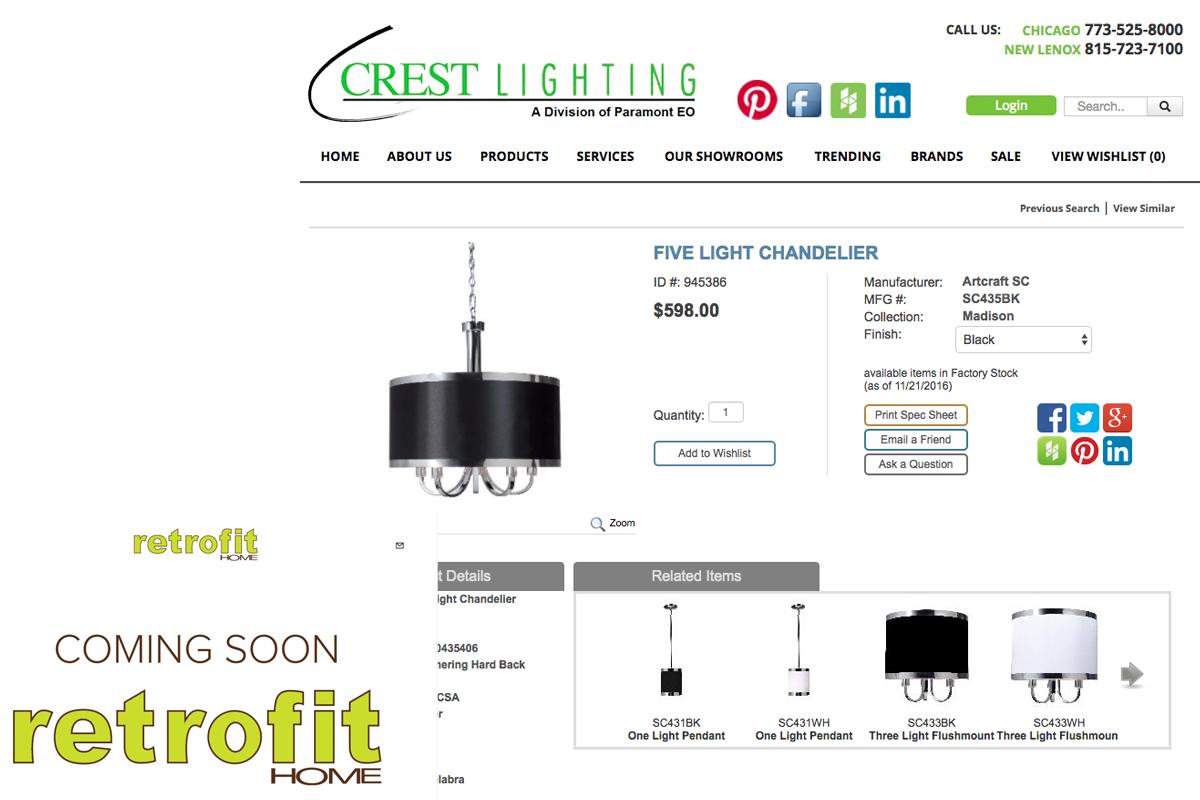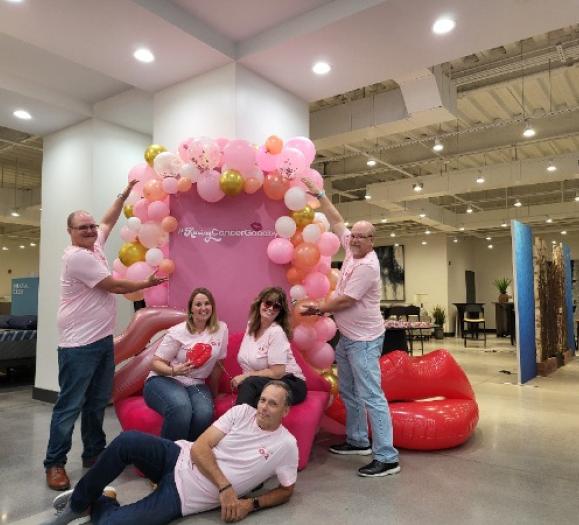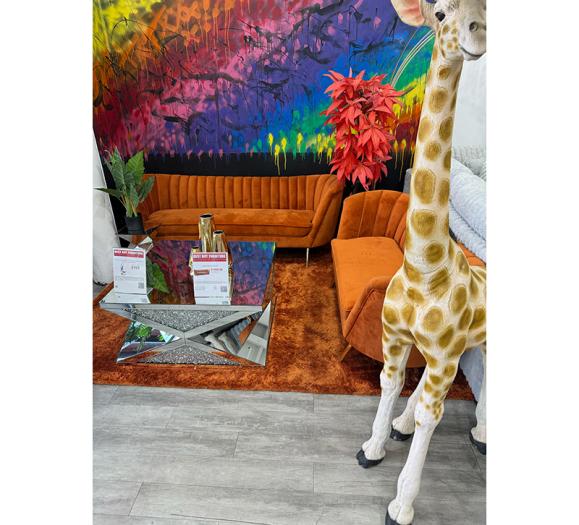There are plenty of reasons why businesses build e-commerce sites — better economic opportunity, a larger audience and more options for customers, to name a few. In the lighting and home decor retail sector, which is full of small businesses, e-commerce can be challenging and costly to get going.
But the great e-commerce leap might be here at last. We caught up with showrooms that have either taken the dive into selling online, or are about to give it a shot, and found out what they’ve learned in the process.
What to Consider
Customer service should always be a high priority when it comes to e-commerce.
Selling online opens your business up to a wide world of products and manufacturers you might never have considered.
“You can only have so much in a showroom, and there are hundreds and hundreds of manufacturers,” says Opal Masters, American Lighting Assn. Certified Lighting Consultant (CLC) at Lightology in Chicago, which currently sells products online.
Chicago-based Crest Lighting launched its wish list website back in 2014 and is planning on launching a full e-commerce website next quarter. The current site allows visitors to compile a wish list, which is then sent to a consultant. The consultant in turn reaches out to the customer to complete the transaction. Having a wish list function helped Crest Lighting retain some control over their customer service, and it helped them stop customers from mismatching product details, says Chief Technology Officer Erica Gallagher.
“People aren’t always super attentive to details,” she says, “and not all e-commerce engines are built with a really clear, built-in alarm system.”
Retrofit Home, a Seattle-based home furnishings store, is also working on an e-commerce website. For owner Jon Milazzo, distinguishing her store from the competition has been a top priority, especially when it’s so easy to compare showroom prices with online prices.
“That’s a huge factor in deciding what we sell online,” Milazzo says.
Seemingly minor details can also improve a customer’s visit to an e-commerce site. Having high-pixel product photos, Masters says, show off the best qualities of the product, and they don’t impede loading times.
Building E-commerce
There’s a reason why Masters says building an e-commerce site is a “huge undertaking” — it’s not something that can be done overnight.
One thing the companies agree on is hiring an expert to design the website. Retrofit Home has a web designer on staff, and Crest Lighting is working with a third party to build its site. It’s important to choose a designer who’s willing to listen to a company’s desires and work to design a site that fits the brand and the customers’ needs.
Also, e-commerce isn’t a reason to forget the rest of the website: a design blog, social media and digital ads are still important.
The best resources for building an e-commerce website come from within. At Crest Lighting, Gallagher and her team wanted to retain good customer service, so each product purchased online will be reviewed by a consultant before being shipped. This will give consultants a chance to catch any errors.
Over at Retrofit Home, the website process has been something that everyone shares.
“Pretty much everybody in the store has some involvement in how the website has evolved,” Milazzo says.
And evolve it will — online shopping will only continue to grow in the coming years. As customers change, so must lighting and home decor showrooms. While e-commerce still presents some challenges to the industry, is it better to meet them than be left behind?







